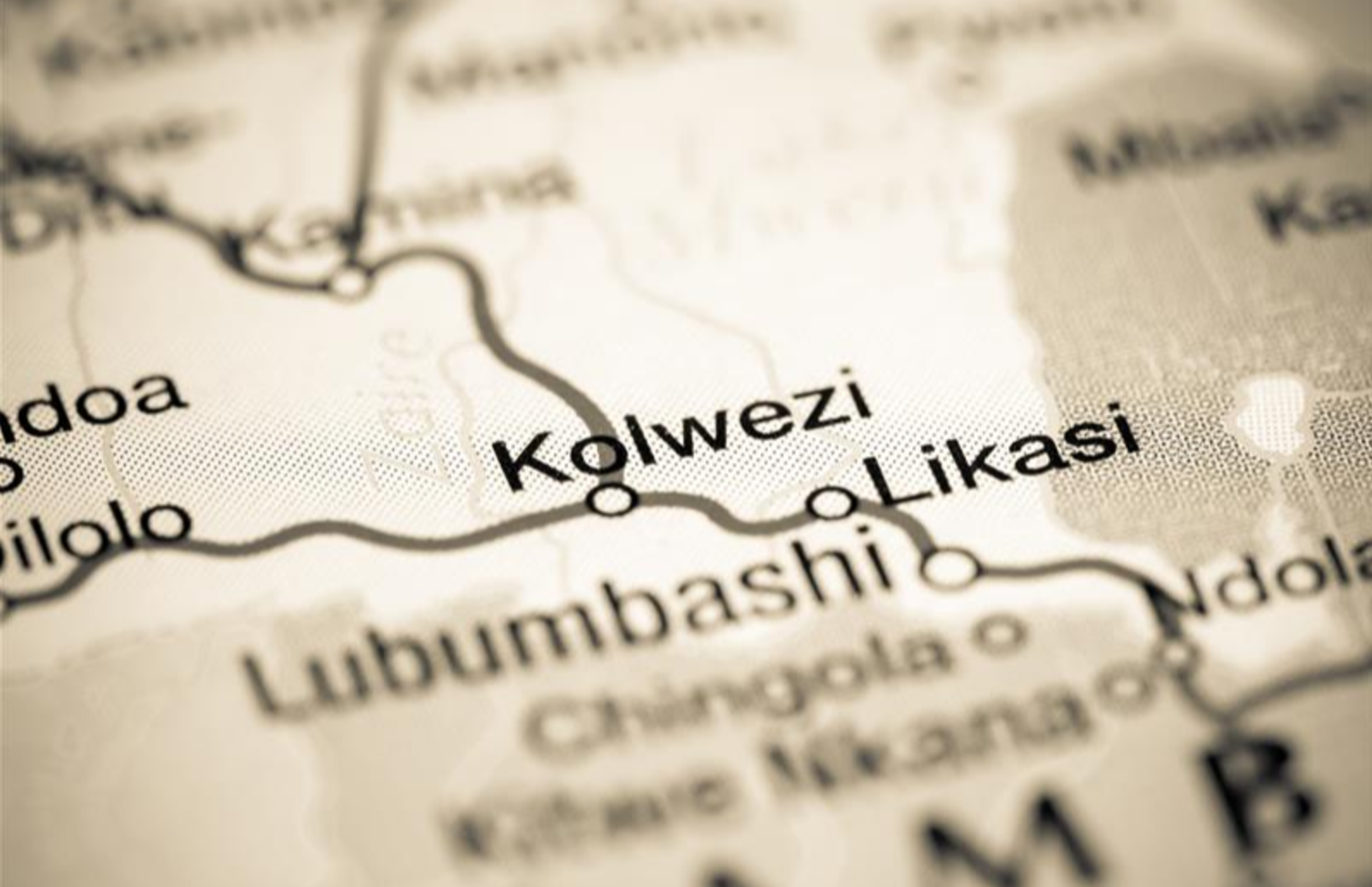China Molybdenum’s copper production aggravates cobalt oversupply
Opinion Pieces

14
Jan
2025
China Molybdenum’s copper production aggravates cobalt oversupply
China Molybdenum’s (CMOC) 2024 preliminary results indicate a refined production of 650ktpy copper and 114ktpy cobalt, marking a 55% Cu and 106% Co y-o-y increase.
The significant increase in production is associated with CMOC’s Tenke Fungurume (TFM) and Kisanfu (KFM) Cu-Co mines in the DRC. In 2024, the company was focused on expanding its African mining operations, driven by the growing global demand for copper, an essential component for electrical conductivity in the renewable energy and electric vehicle (EV) sectors. However, CMOC’s cobalt by-production from these assets contributed to an oversupplied market, pushing cobalt prices to their lowest levels since 2016.
According to its 2024 interim report, CMOC’s cobalt output exceeded 70ktpy production guidance, with minimal reductions expected in the short to medium term. In H2 2024, the company launched two development projects at TFM and KFM for underground sulphide ores. The company plans to expand its combined nameplate capacities to 600ktpy Cu and 87ktpy Co, extending its assets' life of mine.
Furthermore, Zijin and Ivanhoe’s Kamoa-Kakula mine also contributed significantly to the DRC’s copper output, producing 437.1kt of copper-in-concentrate in 2024. Combined with TFM and KFM, these three mines account for about 36.7% of the DRC’s total copper production, which is expected to reach 2.95Mt in 2024, marking a 7.9% y-o-y increase from 2023’s output.
The trend for increasing copper production in the DRC has both positive and negative implications. Economically, it boosts the country’s position in global supply chains and attracts foreign investment. However, rising production raises concerns about environmental impacts, geopolitical stability and market saturation, which could adversely affect the cobalt market.